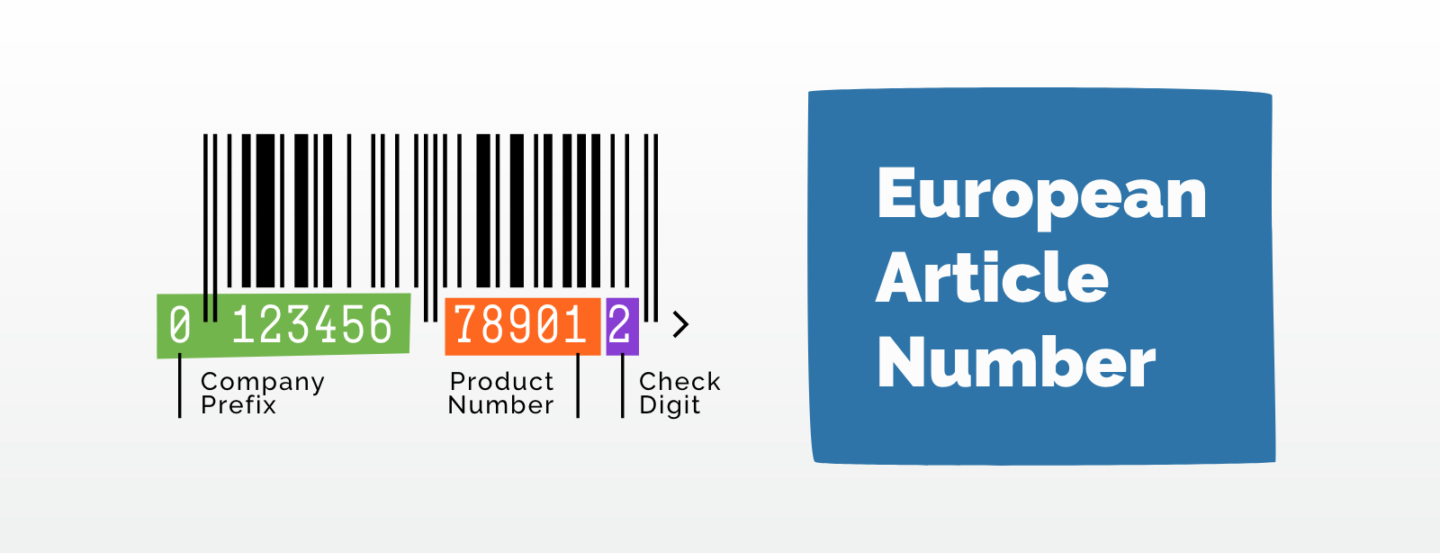Barcodes and Price Look-Up (PLU) codes are very useful for stores. They help with identifying, pricing, and managing products quickly and accurately. Learning how they work shows how items are tracked and priced, whether in a store or during delivery.
What Are Barcodes?
Barcodes are those black-and-white striped patterns you see on almost everything you buy. They’re like a product’s ID card, giving a ton of info in just a few lines that computers can read in an instant.
Types of Barcodes
- 1D Barcodes
These are the standard barcodes, like the Universal Product Code (UPC) or European Article Number (EAN). You’ve seen them on cereal boxes, soda cans, and pretty much anything in a grocery store. They’re used for scanning products at checkout. - 2D Barcodes
These look a bit more complex, like QR codes. They’re not just for prices—they can store things like website links, promotional content, or detailed product data.
How Do They Work?
When a barcode scanner shines its light on the barcode, it reads the pattern of black and white lines. This information is sent to a computer system, which pulls up details like the product name, price, and stock levels.

What Are PLU Codes?
PLU codes are a little different. They’re those short numbers you find on produce, like bananas or avocados. Unlike barcodes, they’re not scannable. Instead, they’re typed in manually by cashiers or entered at self-checkout stations.
Structure of PLU Codes
- 4-digit codes: These are for regular produce grown using standard methods.
- 5-digit codes: These start with “9” for organic produce or “8” for genetically modified (GM) produce (though the GM ones aren’t used much).
Examples
- 4011: Regular bananas
- 94011: Organic bananas

Why Do Barcodes and PLU Codes Matter?
- Speed and Convenience
Barcodes make it fast to check out items because they automate the process. PLU codes simplify pricing for fresh produce, so you don’t have to weigh and guess the cost. - Accuracy
By automating info entry, barcodes reduce errors in pricing and inventory. PLU codes also help keep produce prices consistent across stores. - Tracking and Transparency
Barcodes make it easier for stores to track inventory, restock items, and even handle recalls if something’s wrong. PLU codes let you know if the apples you’re buying are organic or not, giving you more choice and control.
Barcodes also contain specific information about the product. The first numbers represent the country of origin, the next block identifies the contributing company, and the final block reveals the type of product and where it’s from. This layered information is especially helpful in warehouses. Workers can quickly determine where a product is and track its progress along the supply chain.
How to Use Barcodes and PLU Codes
- Barcodes: You can use a scanner or even your phone to decode what’s in a barcode. Some apps even show you product details or reviews.
- PLU Codes: Just know the common ones for your favorite fruits and veggies. Most self-checkout machines have a list to help you out.
Final Thoughts
Barcodes and PLU codes might not seem like much, but they’re the unsung heroes of shopping. They make everything—from buying a soda to picking out the perfect avocado—way more efficient. Next time you’re at the store, take a second to appreciate how these little codes keep the world of retail running smoothly.
Watch episode #66 now!



